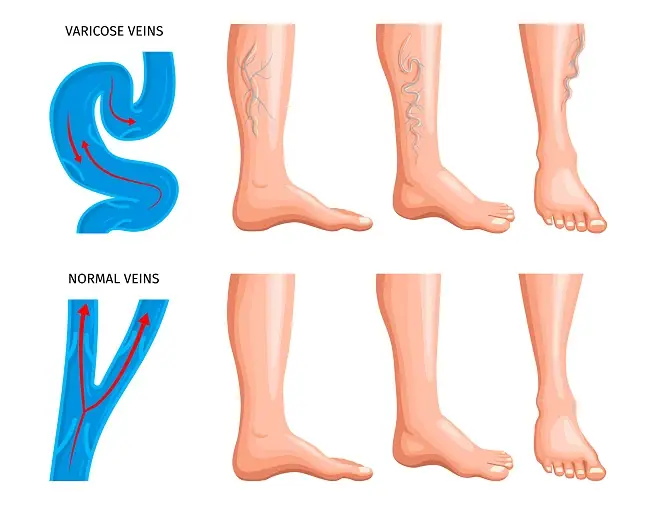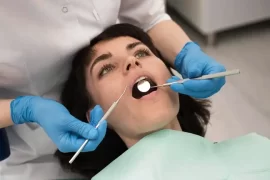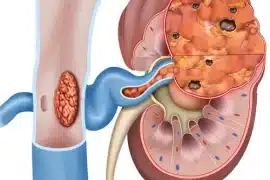Varicose veins, those swollen and twisted veins that often appear on the legs, are not just a cosmetic concern. They can be painful and lead to more serious health issues. While many people are familiar with some of the common causes, such as prolonged standing or pregnancy, several hidden factors can contribute to the development of varicose veins.

Understanding these less obvious causes can help in prevention and management.
Genetics: The Blueprint of Your Veins
One of the most significant yet hidden factors behind varicose veins is genetics. If your parents or grandparents had varicose veins, you are more likely to develop them. This hereditary predisposition means that the structure and function of your veins might be inherently weaker, making them more susceptible to becoming varicose.
While you cannot change your genetic makeup, being aware of this risk can motivate you to adopt preventive measures early on.
Age: The Silent Aggravator
Aging is another factor that plays a crucial role in the development of varicose veins. As we age, the valves in our veins, which help regulate blood flow, can become weaker and less efficient. This inefficiency can lead to blood pooling in the veins, causing them to enlarge and become varicose. While aging is inevitable, maintaining a healthy lifestyle can slow down the deterioration of vein function.
Hormonal Changes: The Invisible Influencers
Hormonal changes, especially those related to pregnancy, menopause, and even birth control pills, can significantly impact vein health. During pregnancy, the volume of blood in a woman’s body increases, which can put extra pressure on the veins.
Additionally, the increased levels of progesterone can cause the vein walls to relax, making them more prone to varicose veins. Similarly, hormonal fluctuations during menopause and the use of birth control pills can weaken vein walls and valves, contributing to varicose veins.
Occupation: The Professional Hazard
Your job can be a hidden factor in the development of varicose veins. Occupations that require prolonged periods of standing or sitting can put extra pressure on your veins. For instance, teachers, nurses, and retail workers who stand for long hours are at higher risk.
Similarly, office workers who sit for extended periods without moving around can also develop varicose veins. The key is to incorporate movement into your day, whether it’s taking short walks, stretching, or using compression stockings to improve blood flow.
Weight: The Extra Burden
Excess weight is another factor that can contribute to varicose veins. Carrying extra pounds puts additional pressure on your veins, particularly in the lower body. This pressure can weaken the vein walls and valves over time, leading to varicose veins.
Maintaining a healthy weight through a balanced diet and regular exercise can help reduce this risk. Even a modest weight loss can have a positive impact on your vein health.
Chronic Constipation: The Unexpected Culprit
Chronic constipation may not seem related to varicose veins at first glance, but it can be a hidden factor. Straining during bowel movements increases abdominal pressure, which can affect the veins in your legs.
Over time, this increased pressure can weaken the veins and contribute to the development of varicose veins. Managing constipation through a high-fiber diet, adequate hydration, and regular exercise can help reduce this risk.
Injury or Trauma: The Overlooked Trigger
Previous leg injuries or trauma can also play a role in the development of varicose veins. Injuries can damage the veins or the valves within them, leading to poor blood flow and the formation of varicose veins. If you have a history of leg injuries, it’s essential to monitor your vein health and seek medical advice if you notice any changes.
Conclusion
Varicose veins are a prevalent condition influenced by several hidden factors. Genetics, age, hormonal changes, occupation, weight, chronic constipation, and previous injuries can all contribute to their development. While some of these factors, like genetics and age, are beyond your control, others can be managed through lifestyle adjustments.
Regular exercise, maintaining a healthy weight, managing constipation, and avoiding prolonged periods of standing or sitting can help reduce the risk of varicose veins. By understanding these hidden factors, you can take proactive steps to protect your vein health and prevent the discomfort and complications associated with varicose veins.
For personalized advice and treatment options, consulting a vein doctor in Tulsa can provide the expert care needed to manage and mitigate this condition.







